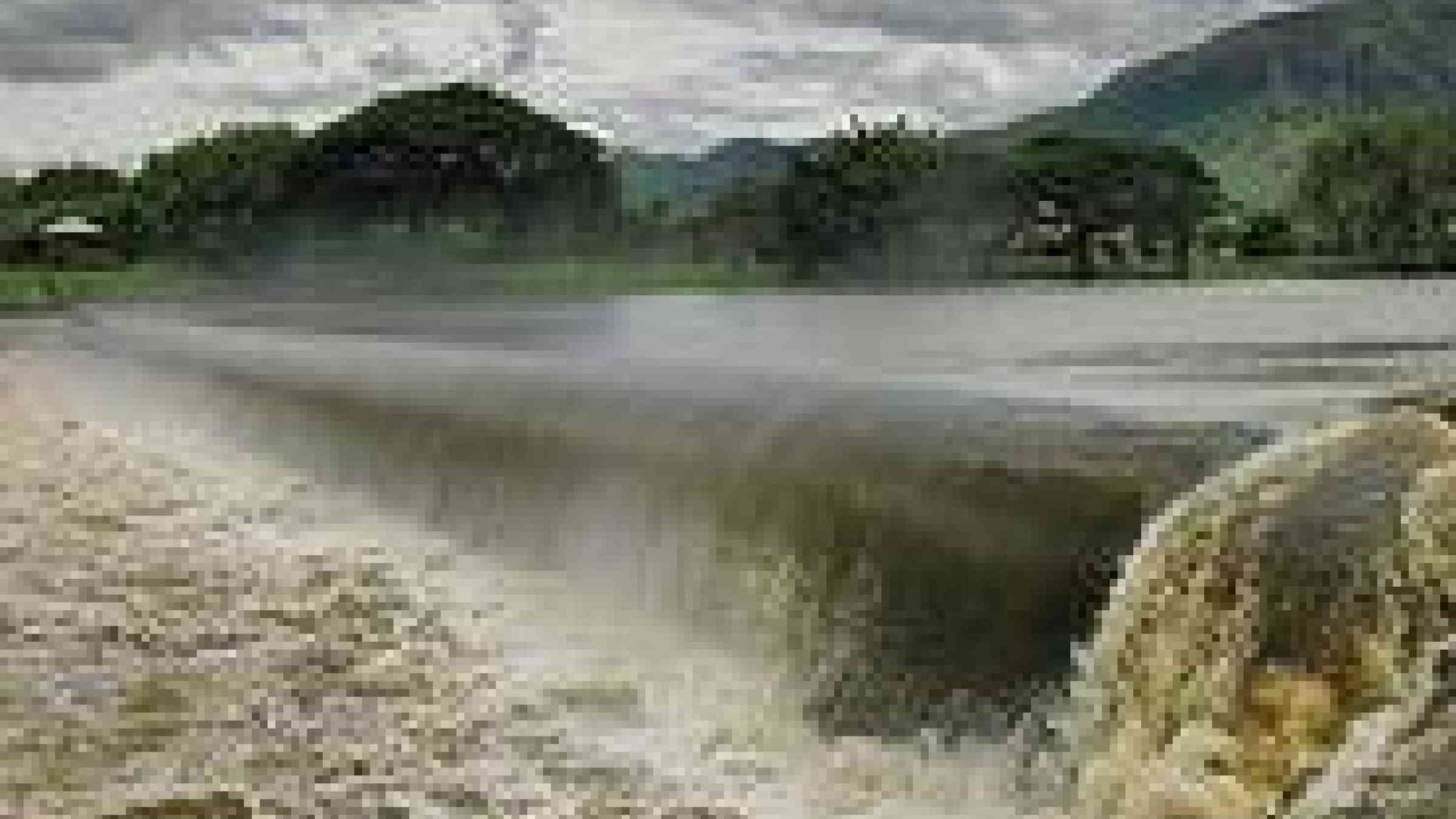Flood report: Insurance Council of Australia welcomes focus on improved flood protection and mitigation

Insurers will review the findings and recommendations of the Queensland Floods Commission of Inquiry report into last year’s floods and consider their options, the Insurance Council of Australia (ICA) said today. ICA Chief Executive Rob Whelan said the industry supported many of the recommendations, and each insurer affected by the floods would now examine the report before deciding on their next steps.
“The Queensland floods of 2011 were devastating and almost unprecedented in scale,” Mr Whelan said. “As well as the immense emotional, physical and financial cost to those affected, this catastrophe served as a wake-up call to governments at all levels and the industry. We are pleased the recommendations from today’s report are quite strong on the need for integrated mitigation measures. A repeat of the 2011 flooding that damages the same communities will be a failure of mitigation, not a failure of insurance. As we have seen in Queensland, Victoria and New South Wales in the past three months those communities protected by appropriate mitigation have experienced substantially less damage and disruption to residents and businesses than those left vulnerable to extreme weather. Insurance can’t stop the floods – governments are charged with protecting communities, and we have seen the impact this has when mitigation is either insufficient or does not exist. The fact is about 7 per cent of residential properties in homes across Australia are exposed to predictable and repetitive flooding, causing an average of $450 million in damage each year. This is a community problem that requires government reform and government action on mapping and mitigating flood risk. Now.”
Mr Whelan said the ICA and many insurance companies had provided submissions over the past year to the Commission that explained the industry’s response following the floods. He said the industry had already made substantive changes that addressed key concerns listed in today’s report. He said the insurance industry was pleased the Commission had identified the need for substantial improvements in the collation of flood mapping and data across thestate, including the need for it to be available to the public.
“We believe this initiative is one that could be adopted nationally, with all data centralised with Geosciences Australia as has already been announced by Federal Financial Services Minister Bill Shorten,” Mr Whelan said.
“Insurers are also pleased that the Commission noted the extreme pressures the industry was under in January last year and that it had performed well under the circumstances. The report also recognises the efforts the industry has made to refine its Code of Practice and provide more certainty to consumers in claims handling." Mr Whelan said the insurance industry had received 58,575 claims from the December 2010 to January 2011 floods, with insurance losses of $2.38 billion. He said this figure included 26,812 residential property claims, with about 90 per cent of these now closed. Since the disaster $1.69 billion in claims have been paid out in building and repair costs, replacement, cash settlements and accommodation, with $690 million in reserve payments continuing to be made,” Mr Whelan said.
Mr Whelan said the independent Financial Ombudsman Service (FOS) had handled about 1000 disputes relating to insurance claims from the Queensland floods, with about half of these being found in favour of consumers. Many related to the size of settlements, not the denial of claims. Following the floods the industry recognised the need to make changes. This has resulted in changes to the General Insurance Code of Practice, in-principle agreement on a standard definition of flood, and acceptance of a key facts sheet. Five new products have entered the market this year that provide full flood cover," he said. “We have also brought forward the triennial independent review of the Code by 12 months to this July, and we expect to appoint a reviewer in coming weeks.”